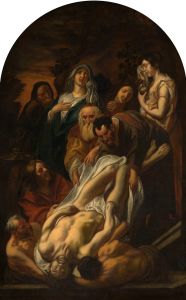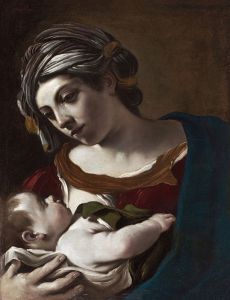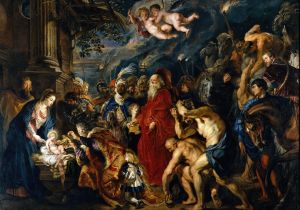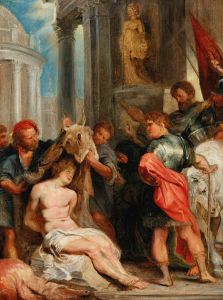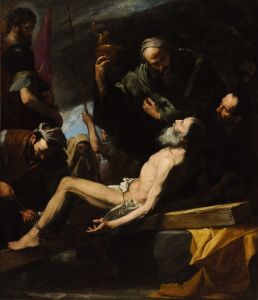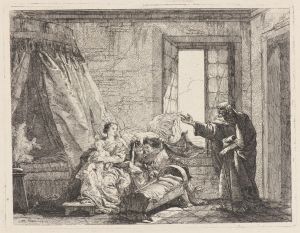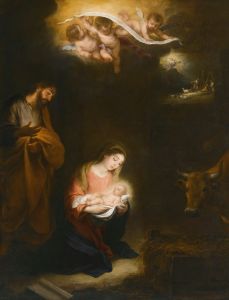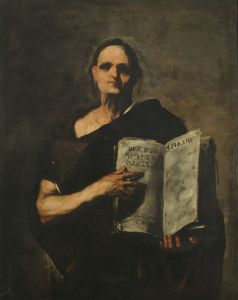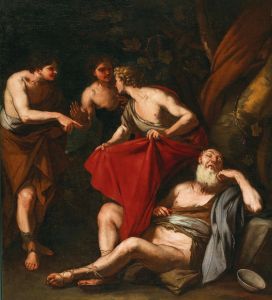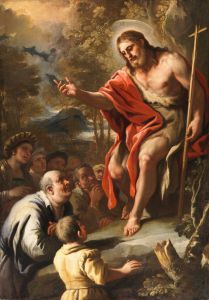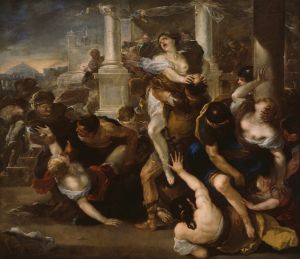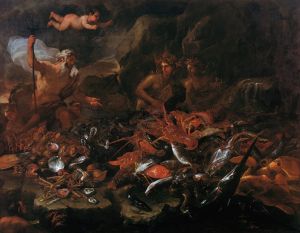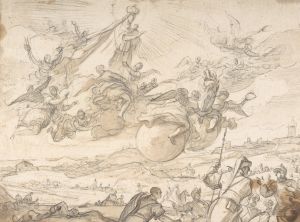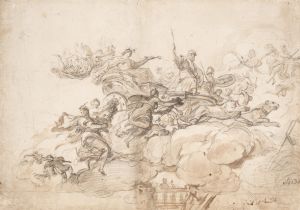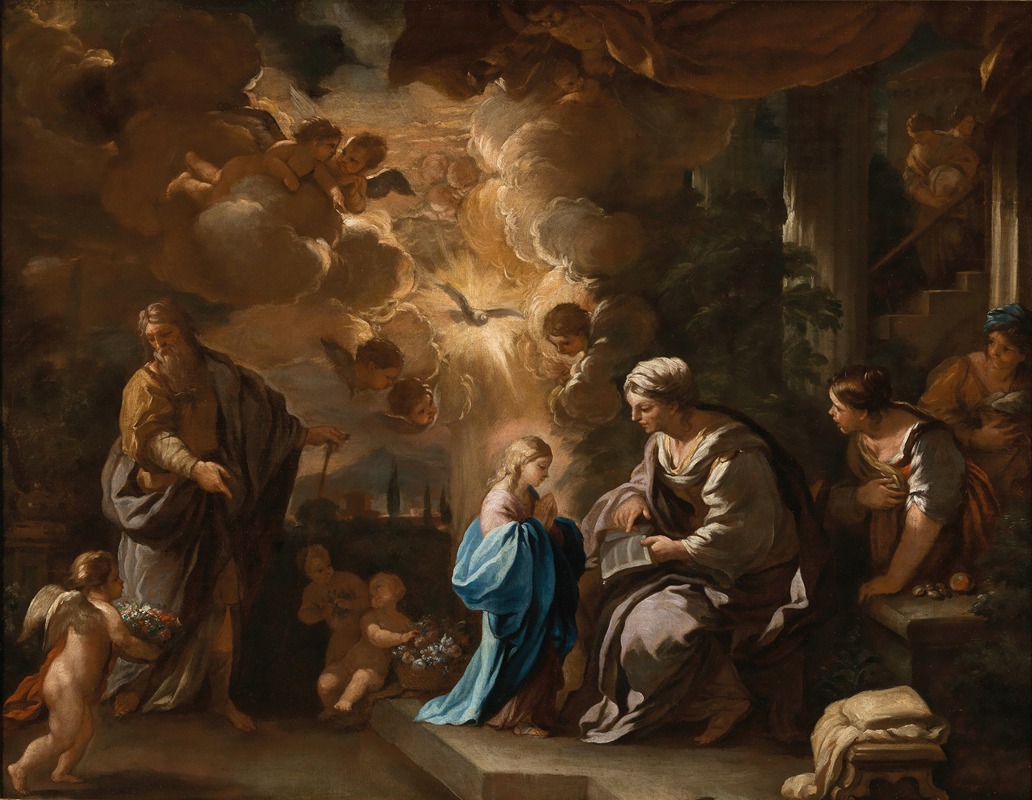
The Education of the Virgin
A hand-painted replica of Luca Giordano’s masterpiece The Education of the Virgin, meticulously crafted by professional artists to capture the true essence of the original. Each piece is created with museum-quality canvas and rare mineral pigments, carefully painted by experienced artists with delicate brushstrokes and rich, layered colors to perfectly recreate the texture of the original artwork. Unlike machine-printed reproductions, this hand-painted version brings the painting to life, infused with the artist’s emotions and skill in every stroke. Whether for personal collection or home decoration, it instantly elevates the artistic atmosphere of any space.
"The Education of the Virgin" is a painting by the Italian Baroque artist Luca Giordano. Giordano, born in Naples in 1634, was a prolific painter known for his versatility and rapid execution of works. He was a prominent figure in the Baroque movement, which emphasized dramatic use of color, light, and shadow to create a sense of movement and emotional intensity.
"The Education of the Virgin" depicts the young Virgin Mary being taught to read by her mother, Saint Anne. This theme, which illustrates the early life and piety of Mary, was a popular subject in Christian art, particularly during the Counter-Reformation when the Catholic Church emphasized the importance of the Virgin Mary as a model of virtue and devotion.
In the painting, Giordano employs his characteristic vibrant palette and dynamic composition. The figures of Mary and Saint Anne are central to the composition, with Saint Anne gently guiding Mary's hand as she reads from a book. The tender interaction between mother and daughter is highlighted by the soft, warm light that bathes the scene, creating a sense of intimacy and reverence. The background is typically Baroque, with rich drapery and architectural elements that add depth and grandeur to the scene.
Giordano's style in this work reflects his training under the influence of both the Neapolitan and Venetian schools of painting. He was initially a pupil of Jusepe de Ribera, a Spanish Tenebrist painter who worked in Naples, and later absorbed the lighter, more luminous qualities of Venetian painting, particularly the works of Paolo Veronese and Titian. This blend of influences is evident in "The Education of the Virgin," where the dramatic chiaroscuro (contrast of light and dark) is balanced by a harmonious use of color and fluid brushwork.
The painting is also notable for its depiction of the figures' expressions and gestures, which convey a sense of devotion and learning. Saint Anne's expression is one of gentle instruction, while Mary's face shows concentration and innocence. These details reflect Giordano's ability to capture human emotion and interaction, a skill that made him one of the most sought-after artists of his time.
"The Education of the Virgin" is housed in the Museo del Prado in Madrid, Spain. The Prado Museum is one of the most important art museums in the world, with a vast collection of European art from the 12th to the early 20th century. Giordano's work is part of the museum's extensive collection of Baroque art, which includes masterpieces by other renowned artists such as Diego Velázquez, Peter Paul Rubens, and Caravaggio.
Luca Giordano's contribution to Baroque art extends beyond his paintings; he was also known for his large-scale frescoes and altarpieces, which can be found in churches and palaces throughout Italy and Spain. His ability to work quickly and produce a large volume of work earned him the nickname "Luca Fa Presto" (Luca the Quick).
In summary, "The Education of the Virgin" by Luca Giordano is a fine example of Baroque religious art, showcasing the artist's skill in composition, use of light and color, and ability to convey emotion and narrative. The painting remains an important piece within the collection of the Museo del Prado, reflecting the enduring legacy of Giordano's artistic achievements.





